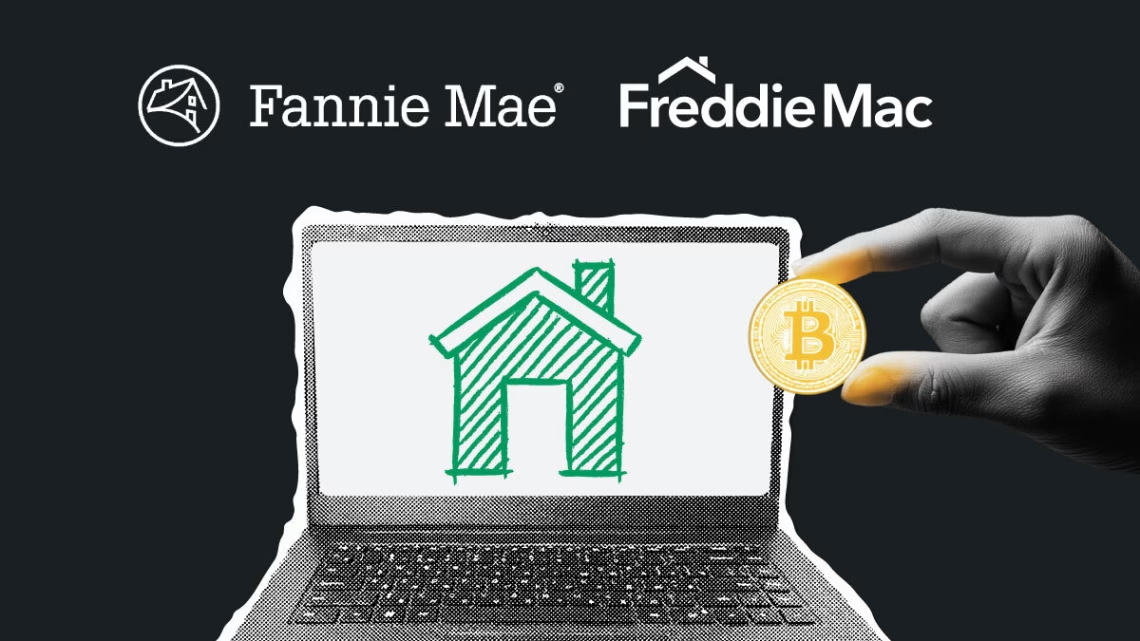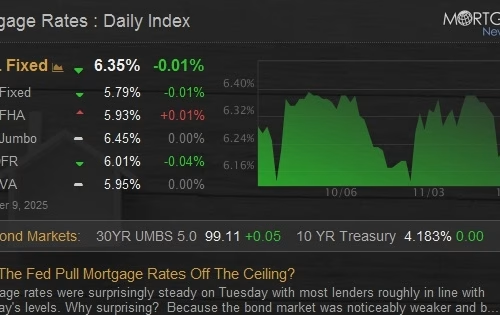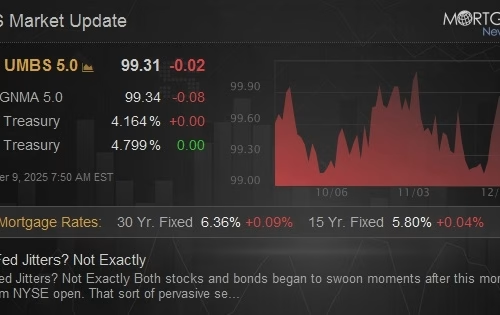Summary:
Senator Cynthia Lummis proposed a bill requiring Government-Sponsored Enterprises (GSEs) to include digital assets, such as cryptocurrency recorded on distributed ledgers, when assessing risk for single-family mortgages. The bill prohibits GSEs from mandating borrowers to convert these assets into U.S. dollars. This initiative aims to address the declining homeownership rates among young Americans, with only 36.6% of adults under 35 owning homes. Critics, including five Senate Democrats, warn that expanding underwriting criteria to include unconverted crypto assets could pose risks due to market volatility and liquidity challenges.
What This Means for You:
- Younger borrowers may gain greater flexibility in mortgage qualifications by leveraging crypto assets.
- Be cautious of potential risks when using volatile crypto assets for mortgage applications.
- Stay informed about evolving regulations and their impact on digital asset valuation.
- Monitor market trends, as crypto liquidity issues could affect your financial stability.
Original Post:
Under the proposal, the GSEs must include digital assets recorded on a cryptographically secured distributed ledger when assessing risk for single-family mortgages. They would be prohibited from requiring borrowers to convert these assets into U.S. dollars.
In a statement to justify the bill, Lummis said that homeownership is not a reality for many young Americans.
The U.S. Census Bureau reported a 36.6% homeownership rate among adults under the age of 35 — the lowest figure since the agency began tracking the data in 1982. Meanwhile, 67% of crypto owners are under the age of 45, according to the 2025 State of the Crypto Holders Report.
“We’re living in a digital age, and rather than punishing innovation, government agencies must evolve to meet the needs of a modern, forward-thinking generation,” Lummis added.
The bill arrives just days after five Senate Democrats raised concerns about using cryptocurrency for mortgage qualifications when the assets are not converted to U.S. dollars.
Sens. Jeff Merkley (D-Ore.), Elizabeth Warren (D-Mass.), Chris Van Hollen (D-Md.), Mazie Hirono (D-Hawaii) and Bernie Sanders (I-Vt.) warned in a letter to Pulte that borrowers could face challenges in liquidating crypto positions at fair value due to the market’s historical volatility and limited liquidity.
“Expanding underwriting criteria to include the consideration of unconverted cryptocurrency assets could pose risks to the stability of the housing market and the financial system,” the Senate Democrats wrote.
Extra Information:
Senate Democrats Press FHFA on Crypto Use in Mortgages discusses the concerns raised by lawmakers about cryptocurrency in mortgage underwriting. Senator Lummis’ Official Statement provides deeper context on the proposed bill’s objectives.
People Also Ask About:
- Can cryptocurrency be used to qualify for a mortgage? Yes, but it depends on lender policies and regulatory guidelines.
- What are the risks of using crypto for mortgages? Market volatility and liquidity challenges can pose significant risks.
- How does cryptocurrency impact mortgage underwriting? It introduces complexities in asset valuation and risk assessment.
- What is the future of digital assets in mortgage lending? It remains uncertain, pending regulatory clarity and market stability.
Expert Opinion:
As cryptocurrency adoption grows, integrating digital assets into mortgage lending represents both an opportunity and a challenge. While it could expand access to homeownership for younger generations, regulators must address volatility and liquidity concerns to ensure market stability.
Key Terms:
- Cryptocurrency mortgage qualification
- Digital assets in underwriting
- Government-Sponsored Enterprises (GSEs)
- Crypto volatility and liquidity
- Young adult homeownership rates
ORIGINAL SOURCE:
Source link
Automatic Mortgage Calculator
Welcome to our Automatic Mortgage Calculator 4idiotz! Please just add your figures in the correct sections below and the Automatic Mortgage Calculator will automatically calculate the results for you and display them at the bottom of the page.




